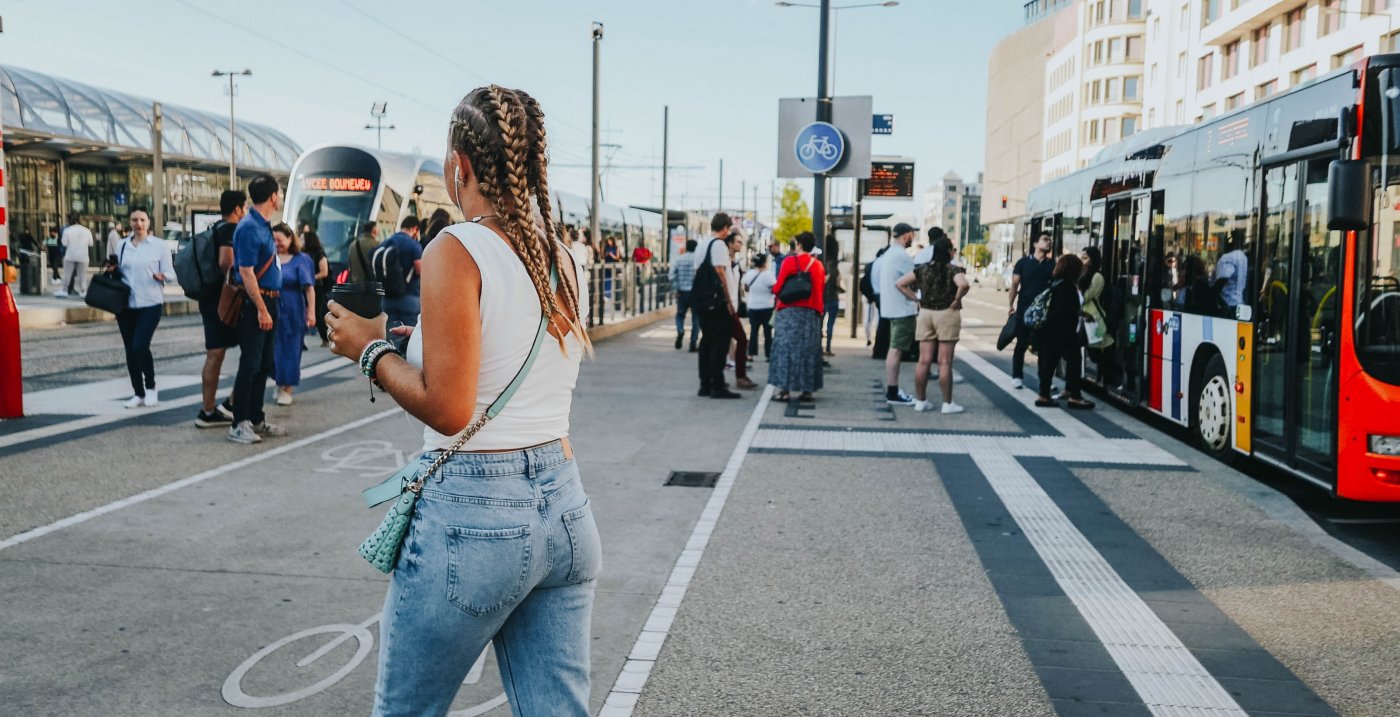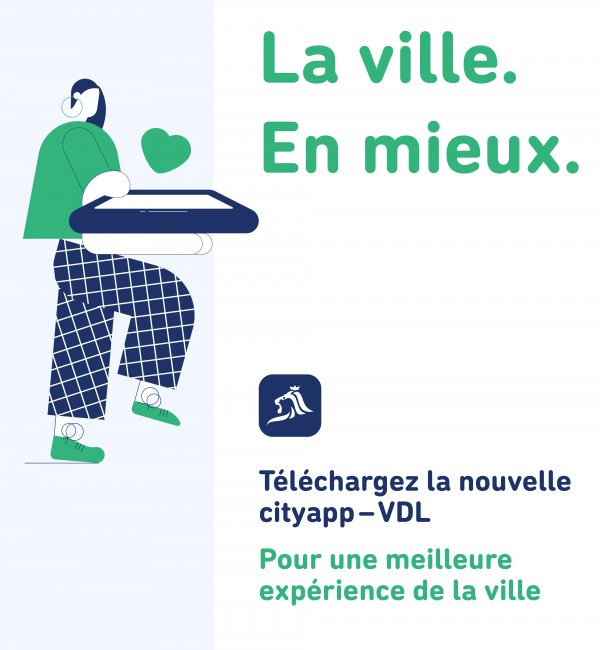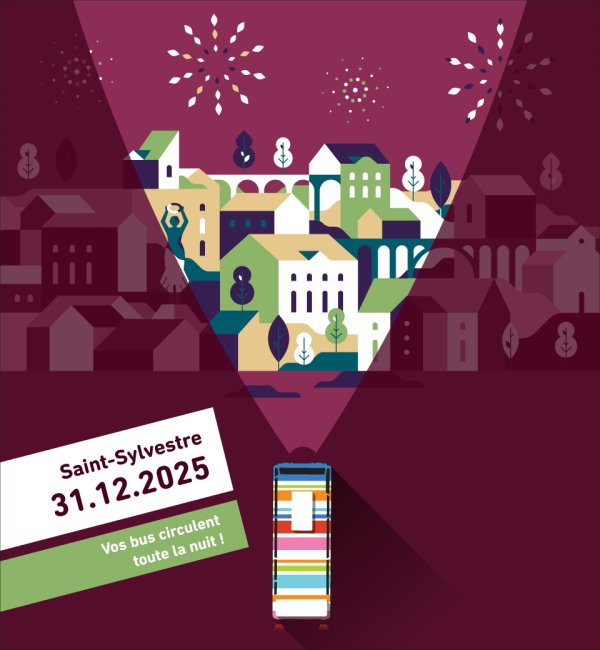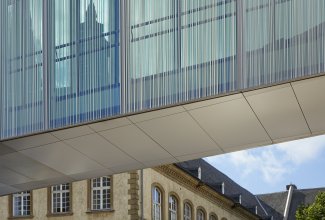Bus shelters
About 300 bus stops around the capital are equipped with bus shelters for travellers. These shelters are based on a single model that meets both aesthetic and functional criteria. In terms of function, special care has been taken to ensure the information displayed can be seen by everyone, day and night, regardless of whether they have reduced mobility.
Each bus shelter consists of a space that is enclosed on three sides for proper protection from the wind; a 6 cm space under the bottom of the windows prevents water from splashing up from the back.
For easy flow of passengers, all bus shelters are open toward the roadway. Depending on the position of the bus shelter, it is still possible users might get wet while waiting, especially at shelters that open facing west.
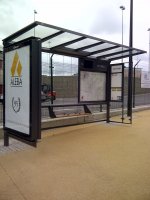
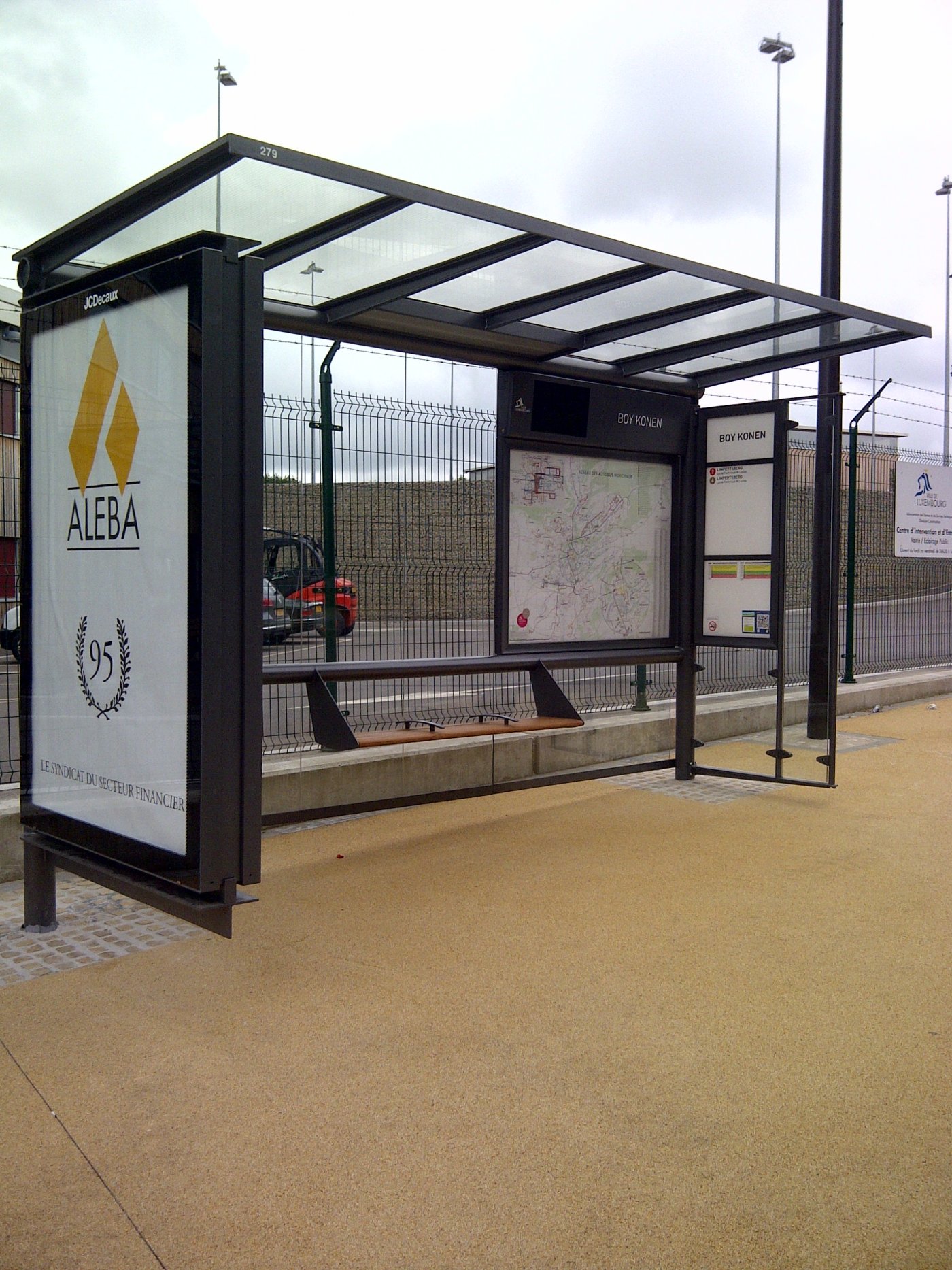
iBeacon
A large number of bus stops in Luxembourg City have been equipped with iBeacons. Using push notifications, iBeacons inform travellers standing at a bus stop of the imminent arrival of their preferred bus lines.
This technology also makes using public transport easier, in particular during peak times and for people with special needs.
Bus stop features
Owing to their particular shape and 16 cm height, Kassel bus-boarding kerbs allow drivers to get the bus as close as possible to the pavement without damaging its tyres.
If necessary, drivers can activate the bus kneeling system, tilting it towards the pavement, making it easier for people with reduced mobility to get on and off.
If the site of a particular bus stop does not allow for a shelter, the stop can be equipped with a conventional bench or a perch-type bench (with ischiatic support).
Bus features
All buses operated by the City of Luxembourg have manual or electric ramps. Lowered floors are standard on buses operated by the City of Luxembourg.
All vehicles have priority seating in the front section for people with reduced mobility, pregnant women and seniors. If you choose to sit here, please be prepared to give up your seat to passengers who need it more than you.
Buses have a central space (opposite the middle doors) for wheelchairs and prams. On articulated buses, a second space that can accommodate a pram is located near the third door.
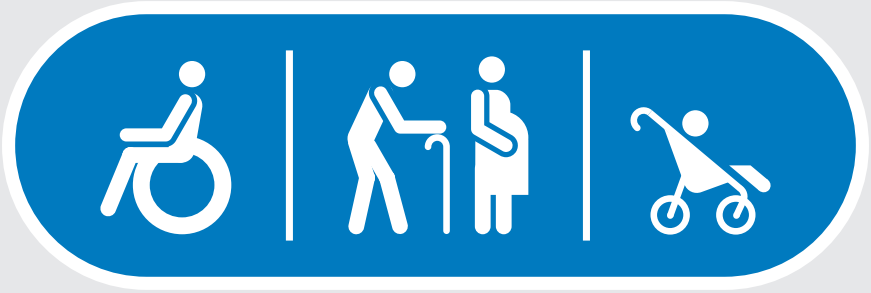
Next stop announcements
Stops are announced visually (on screens) for the hearing impaired and audibly for the visually impaired and for people with reduced mobility.
Requesting a stop
Stop request buttons are placed in such a way as to be accessible from all seats on the bus. Some stop request buttons also have writing in Braille.
Don't forget to push the button when nearing your stop! If the bus is full and no stop request has been made, the driver will continue without halting. If this happens, you must continue on the bus until the next stop.
After pushing the stop request button, check to see whether the request has been registered. The "De Bus hält" indicator will light up and/or the word "STOP" will appear on the information screen in the central aisle of the bus.
Automatic doors
Doors on standard buses and "front" doors on articulated buses
The "front" doors on our articulated buses, as well as those on standard buses, start to close automatically a few seconds after the driver pushes a button and an audible signal is sounded.
Automatic "Back" doors on articulated buses
Getting off the bus
Articulated vehicles have automatic doors. Once the bus has come to a stop, the traveller must open the door themselves by pushing a button located near the door.
Getting on and off the bus
Bus doors are equipped with detectors that automatically reopen the doors if a passenger is in the yellow zone (marked on the floor) or between the doors.
All bus doors
On all our buses, whenever a door begins to close, the indoor and outdoor stop-request buttons are deactivated. At the same time, the motion detectors inside the bus (above the door) and the pressure sensors in the rubber door seals are activated.
Notice
If a passenger tries to exit/alight while the doors are already closing, the doors may briefly close on them before the motion and/or pressure sensors have time to react. Our drivers cannot stop this from happening. Please don't blame them. They will gladly take you where you want to go!
